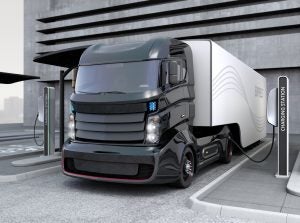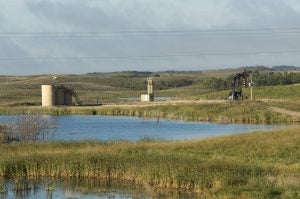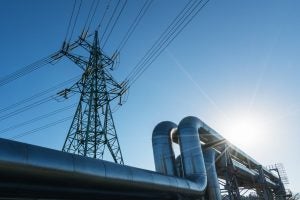 California is working on a bold new plan that will put more electric trucks on the streets, and take dangerous pollution out of the air. Under this plan, manufacturers of medium- and heavy-duty trucks will be required to sell more new electric and fuel-cell options in California, starting in 2024. The final details of this rule will be released over the next few months.
California is working on a bold new plan that will put more electric trucks on the streets, and take dangerous pollution out of the air. Under this plan, manufacturers of medium- and heavy-duty trucks will be required to sell more new electric and fuel-cell options in California, starting in 2024. The final details of this rule will be released over the next few months.
The rule stands to have huge benefits for the 12 million Californians who live in areas with high levels of air pollution. Despite making up just 7% of vehicles on the road, medium- and heavy-duty trucks release 35% of the state’s total NOx and 25% of diesel particulate matter, significantly impacting nearby communities’ health. In fact, vehicles and the fossil fuels that power them create more air pollution and greenhouse gas emissions than any other source across the state.














